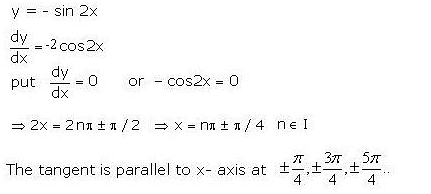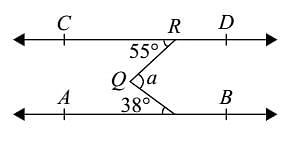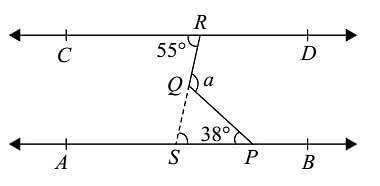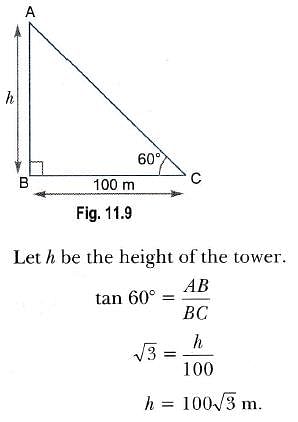SSA Chandigarh TGT Math Mock Test -8 - SSA Chandigarh MCQ
30 Questions MCQ Test SSA Chandigarh TGT Mock Test Series 2025 - SSA Chandigarh TGT Math Mock Test -8
A can do a piece of work in 20 days and B can do the same work in 30 days. In how many days can both finish the whole work working together?
Which of the following are the states of a five state process model?
(i) Running
(ii) Ready
(iii) New
(iv) Exit
(v) Destroy
(i) Running
(ii) Ready
(iii) New
(iv) Exit
(v) Destroy
| 1 Crore+ students have signed up on EduRev. Have you? Download the App |
With the round robin CPU scheduling in a time-shared system, ______.
What is the term used when you press and hold the left mouse key and move the mouse around the slide?
Who was the first Indian male to receive the Bharat Ratna, India's highest civilian award?
Right to Education Act-2009 is in implementation for children of which age group?
Sequencing in development is constant but the speed is different in:
The area of the region bounded between the line x=9 and the parabola y2=16x is
If P (A) = 0.8, P (B) = 0.5 and P(B|A) = 0.4, find P(A ∩ B)
The asymptotes of the hyperbola xy–3x–2y = 0 are
What is the element in the 2nd row and 1st column of a 2 x 2 Matrix A = [ aij], such that a = (i + 3) (j – 1)?
If y = – sin2x. Find the values of x at which the tangents drawn to the graph of this function is parallel to the x- axis.
The locus of a variable point whose distance from the point (2, 0) is 2/3 times its distance from the line x = 9/2 is
The stone projected vertically upwards moves under the action of gravity alone and its motion is described by x = 49 t – 4.9 t2 . It is at a maximum height when
An oil company has two depots A and B with capacities of 7000 L and 4000 L respectively. The company is to supply oil to three petrol pumps, D, E and F whose requirements are 4500L, 3000L and 3500L respectively. The distances (in km) between the depots and the petrol pumps is given in the following table:
Assuming that the transportation cost of 10 litres of oil is Re 1 per km, how should the delivery be scheduled in order that the transportation cost is minimum?What is the minimum cost?
A coin is tossed three times, if E : at least two heads , F : at most two heads. Find P(E|F)
The area enclosed by the parabola y2 = 2x and its tangents through the point (-2 , 0) is
The angle of elevation of the top of a tower from a distance 100 m from its foot is 60°. The height of the tower is :
|
3 docs|30 tests
|
|
3 docs|30 tests
|
























